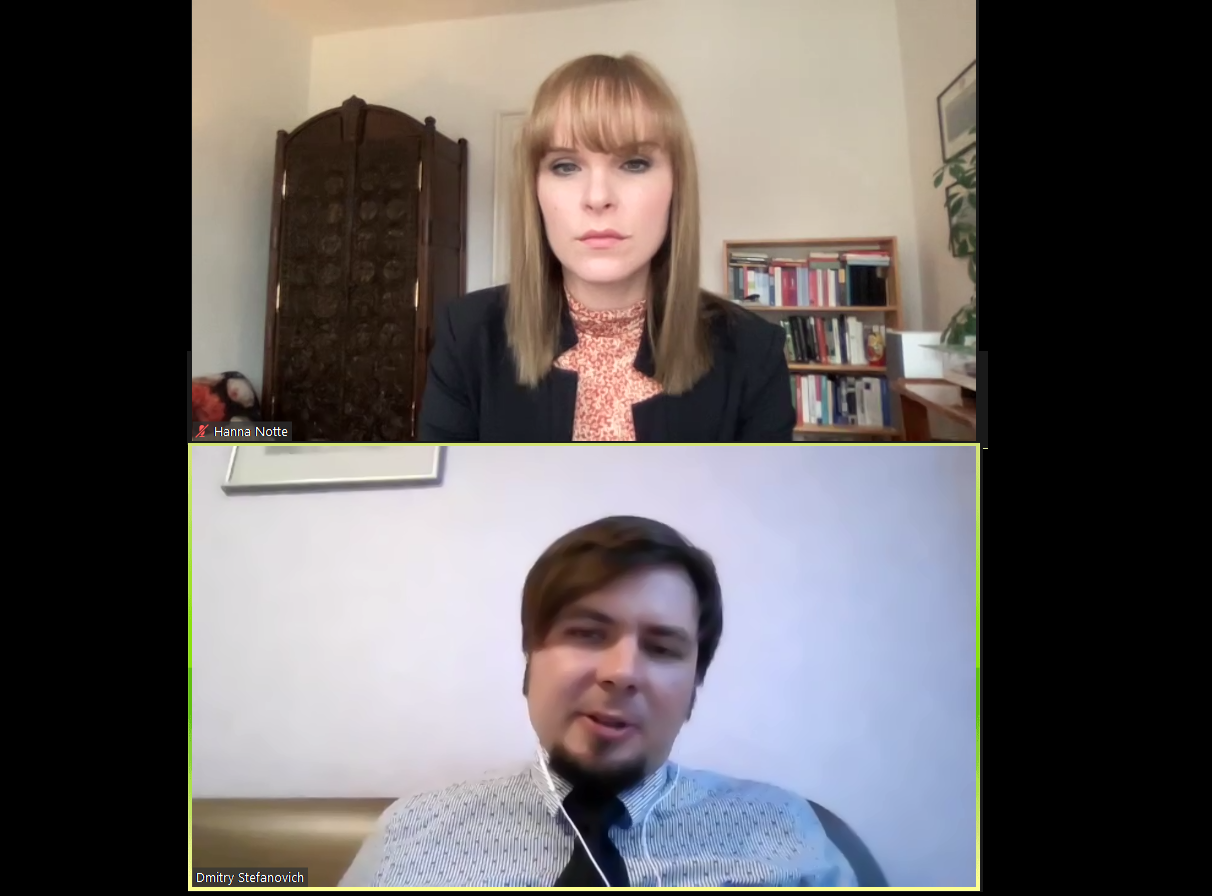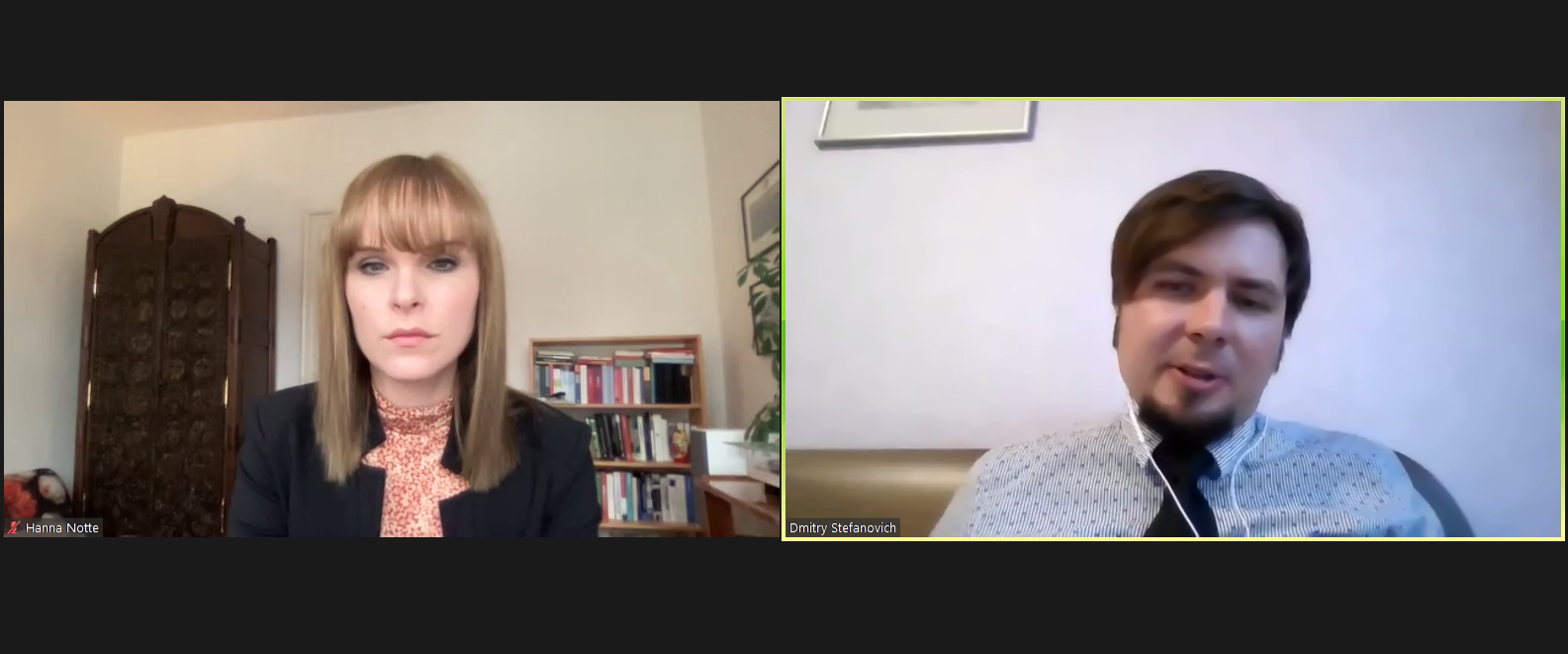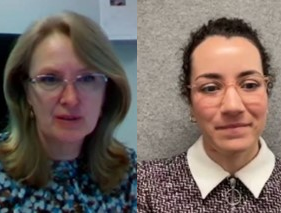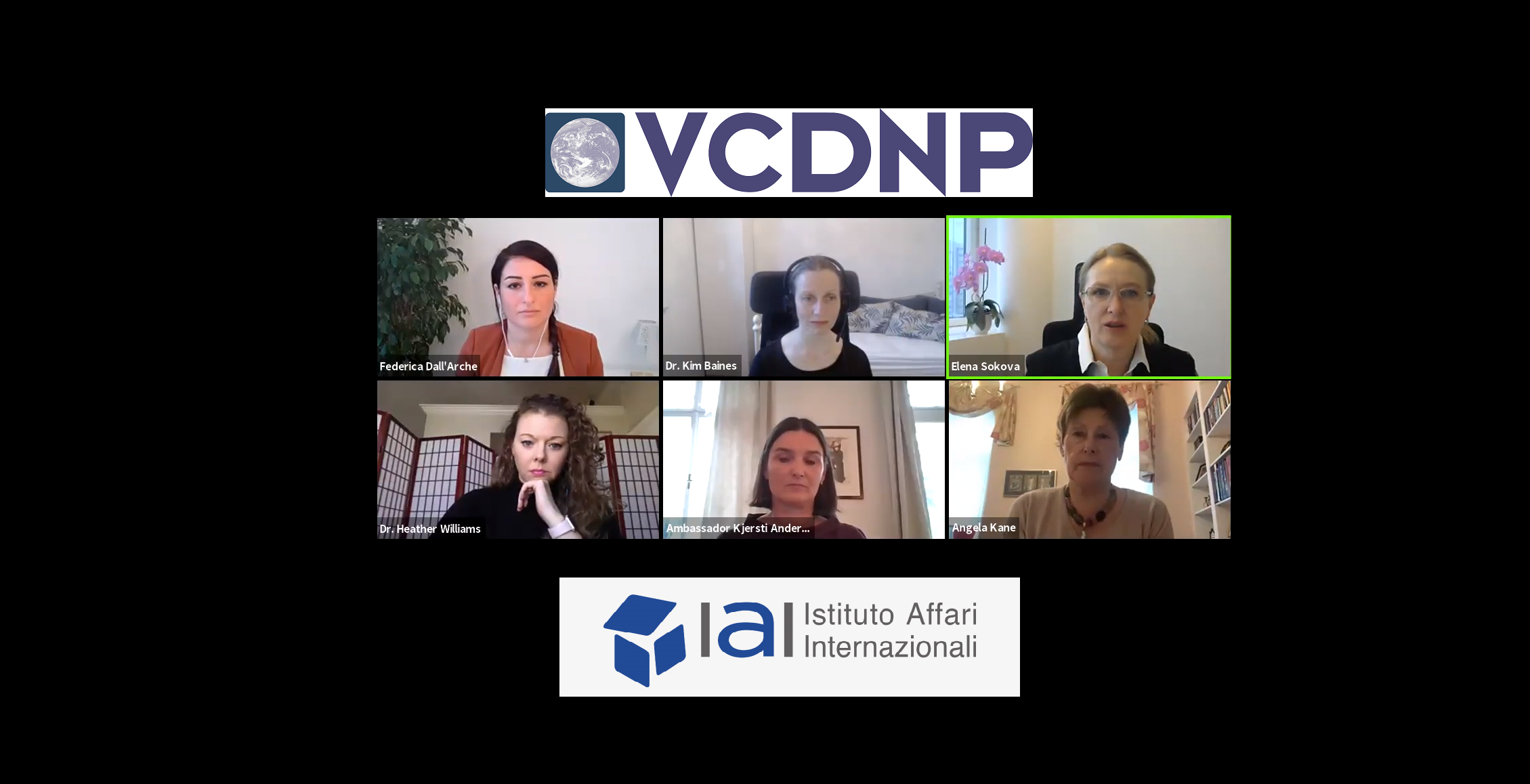
On 27 October 2021 the Vienna Center for Disarmament and Non-Proliferation (VCDNP) held the fifth webinar in the Deterrence and Emerging Technologies (DET) Webinar Series, which featured Research Fellow at the Institute of World Economy and International Relations Dmitry Stefanovich. The webinar was moderated by VCDNP Senior Research Associate Dr. Hanna Notte.

The speaker outlined key features of the horizontal and vertical proliferation of precision-guided long-range conventional weapons, noting key challenges they pose to international security. Development of these capabilities, he explained, represented a response to past asymmetries, in particular when conventional superiority of one side had to be balanced with reliance on nuclear weapons. The emergence of long-range precision-guided assets was intended to reduce the role of nuclear weapons, but the ability to strike deep into the opponent’s territory with strategic effect eventually altered the traditional security landscape. Effectively, it even became possible to degrade the opponent’s nuclear deterrence by striking at command, control and communication centers, as well as situational awareness capabilities. It could even enable “left-of-launch missile defense,” preventing the opponent’s response to an attack. The dual capability of many long-range conventional weapons further complicates the situation by introducing major uncertainty into decision making.
Mr. Stefanovich explained that the impact of long-range conventional weapons on deterrence is non-linear. On the one hand, they allow increasing the nuclear threshold and even significant reduction of nuclear weapons. On the other, they can create serious concerns about the survivability of the remaining nuclear deterrence assets and control over them. For that reason, at the ongoing Strategic Stability Dialogue (SSD) Russia insists on the “security equation” approach that incorporates several categories of assets with “strategic implications,” including conventional weapons. It remains unclear whether this approach will be accepted by the US side.
The speaker also addressed the issue of hypersonic weapons, which is becoming an increasingly salient topic for discussion. He opined that hypersonic weapons follow the same trend in the nuclear-conventional nexus as subsonic and supersonic weapons, and in this sense do not radically alter the global security landscape.
To a significant extent, recent developments in long-range conventional weapons, including but not limited to hypersonic ones, have been driven by a familiar competition between offensive and defensive weapons. All Russian innovation in this domain has been primarily a response to the US missile defense programs and was intended to ensure ability to penetrate defenses. Recent developments in the Russian and Chinese missile defense systems is already triggering a similar reaction in the West.
Addressing options for arms control, he suggested that since the main threat of conventional weapons rests with their large-scale use (in contrast to even a single use of nuclear weapons), the key tool to address them is enhanced transparency, including declaration of stockpiles and notifications about deployment, especially the deployment of a significant number of these weapons close to the another country’s territory. It would also be desirable to develop a regime to prevent proliferation of these weapons that would be more strict than the existing Missile Technology Control Regime.
The full recording of the webinar event can be found below.

